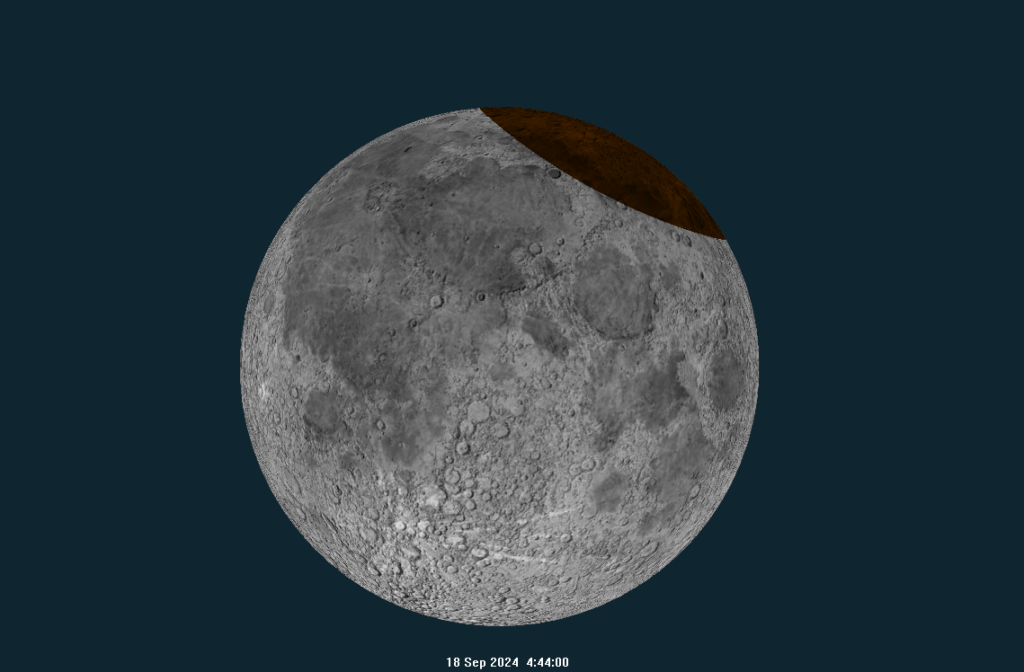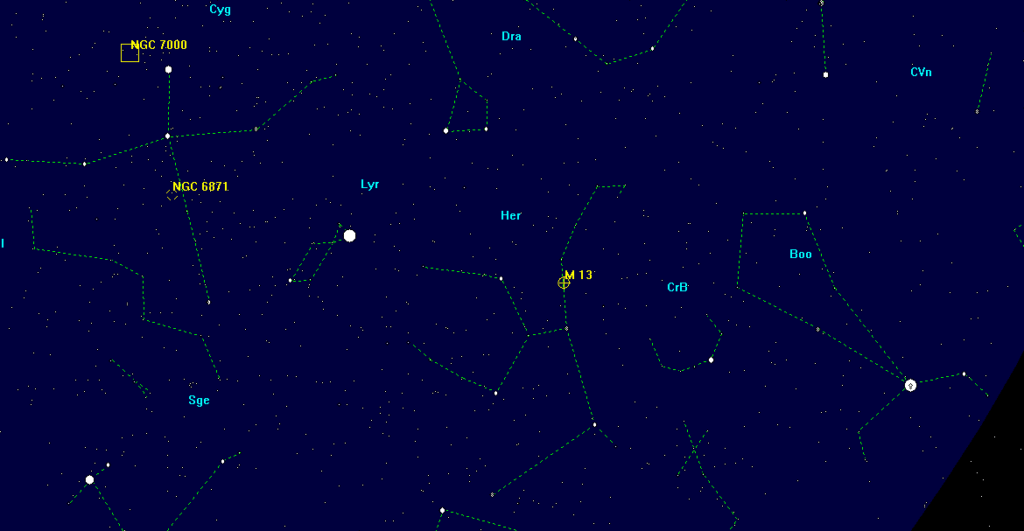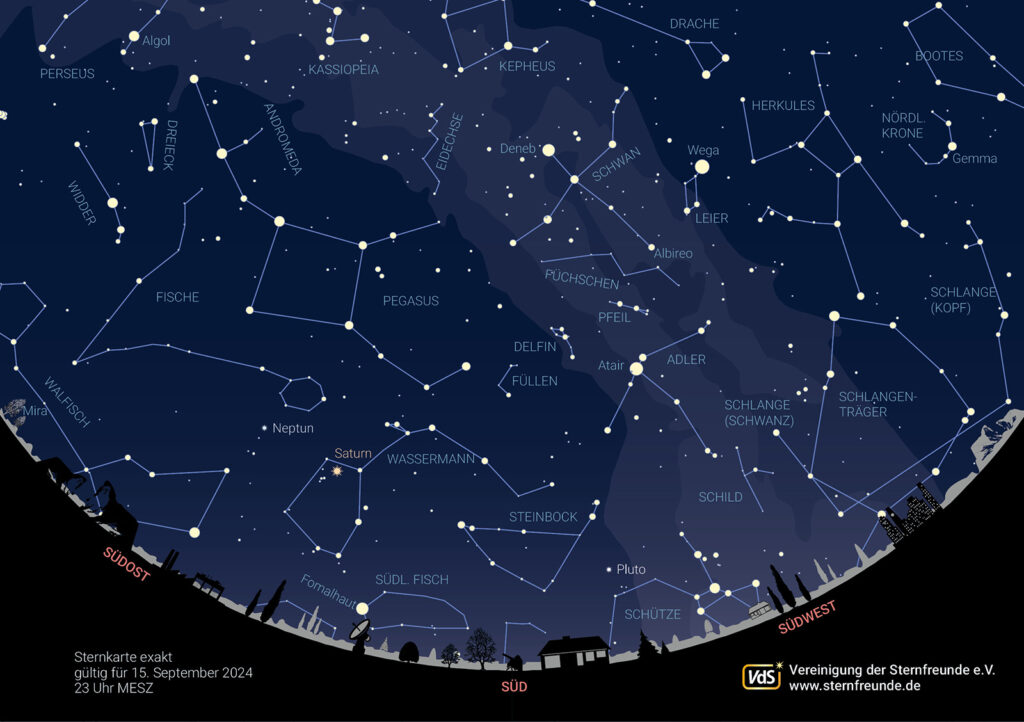The starry sky in September 2024
Partial lunar eclipse, equinox, Saturn in opposition.
Starting this month, we will be opening our observatory again on Friday evenings, provided the night sky is clear, as we have already mentioned several times. In September from 9 pm, October from 8 pm and November to February from 7 pm. March and April from 8 and 9 pm respectively. Only at these times will the evening sky be dark enough for astronomical observations.
Sun and moon
We are fast approaching the fall. On September 1, the sun sets in Zweibrücken at 8:16 pm, on September 30 at 7:14 pm. At the time of Autumn equinox On the 22nd at 14:22, the sun will cross the celestial equator in a southerly direction and the nights will once again be longer than the days. The maximum height of the sun above the horizon is still 40.75 degrees.
On 18.9. a partial lunar eclipsewhich reaches its peak in the morning hours at 4:44 am. However, this is quite modest, covering only a good 9 percent of the lunar disk.
Here is a graphical representation.
The full moon will affect the observation of fainter objects around the days of September 18 this month.

Planets
Mercury offers an acceptable observation opportunity in the morning sky in the first third of the month. It can be seen about half an hour before sunrise on the east-northeastern horizon.
Venus is slow to assert itself in the evening sky due to its declining declination (height above the celestial equator at 40.75 degrees in Zweibrücken). It sets at 20:38 in the middle of the month. Sunset occurs at 19:46. On September 5, there is an opportunity to observe the narrow crescent moon right next to Venus.
Mars continues to rise early, but remains an object of the second half of the night. It will not reach its peak until next year.
The rise of the Jupiters occurs before midnight. On September 15, it rises above the horizon at 11:09 pm. Here, too, we will have to be a little patient as it will not be in opposition to the sun until the beginning of November.
On 8.9. Saturn in opposition to the Sun. It is already above the eastern horizon at nightfall.
If we look through a telescope, we will immediately notice the narrow ring. There is hardly a trace of the magnificent ring that we know from photographs and observations in recent years.
The maximum ring opening is up to 27 degrees, but we look at its edge every 14.75 years. This will be the case for a few weeks in March 2025. The ring is only up to a few hundred meters thick. It is therefore not visible from Earth when looking at its edge.
Fun fact: If we could produce a razor blade with the surface of the rings, the rings would clearly be "sharper".
Uranus can be seen with the naked eye under the best conditions and could therefore have been perceived by the ancient Greeks. However, it was not discovered until March 13, 1781 by the German-British astronomer Wilhelm (William) Herschel. Uranus rises in the evening and reaches its opposition in mid-November.
Neptune is roughly in line with the Earth and the Sun (opposition position) on the night of September 20-21. At this time, its distance is 4.322 billion kilometers, which corresponds to around 29.89 astronomical units (mean distance Earth-Sun). It is purely an object for telescopes.
Starry sky
The summer triangle has already shifted noticeably to the west. The autumnal quadrilateral, consisting of four bright stars of Pegasus, is already making itself felt in the eastern sky. In darker areas, the shimmering band of the Milky Way can still be seen high above us to the west on moonless nights. Sometimes even from the observatory.
One object for binoculars is the magnificent globular star cluster M13 in faint Hercules, which can still be seen in the western sky in the evening this month. It is located between the constellations of the Swan and the near-horizon Bear's Keeper or Bootes.
The following graphic shows the view of the sky on September 15 at 11 pm.



